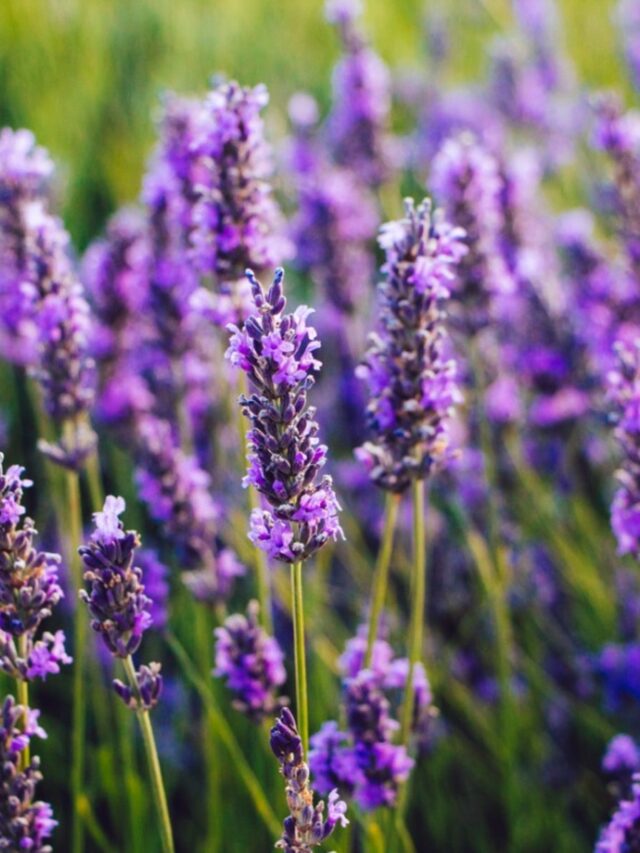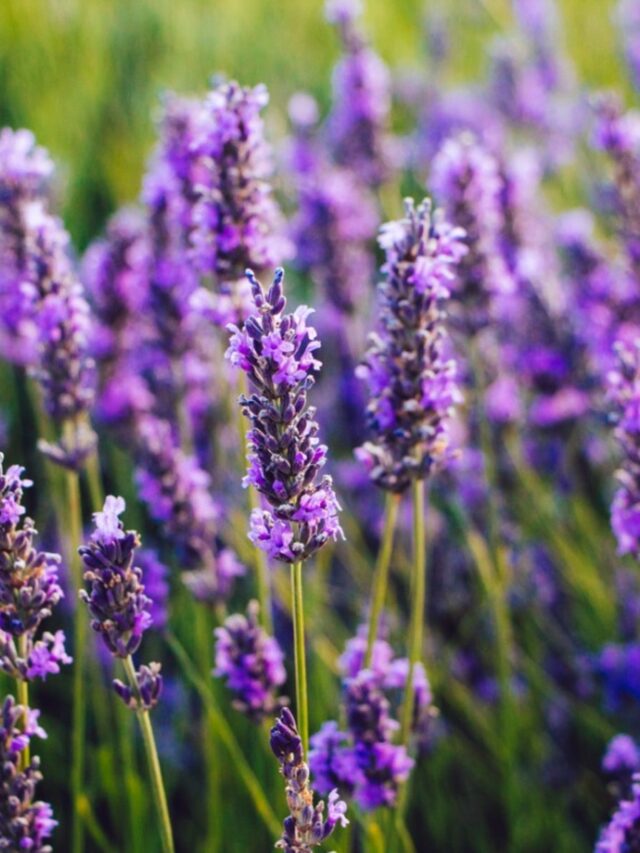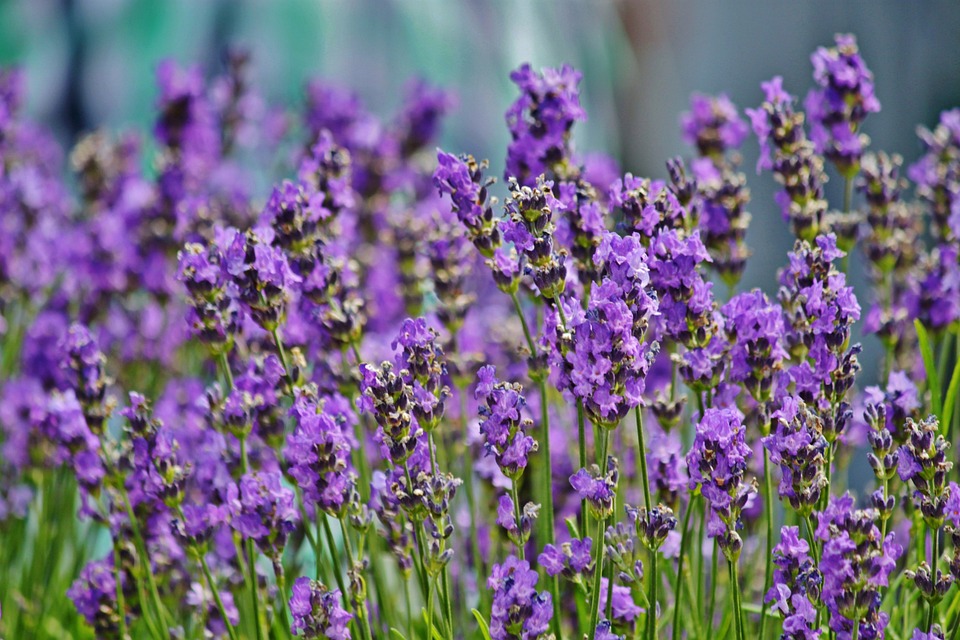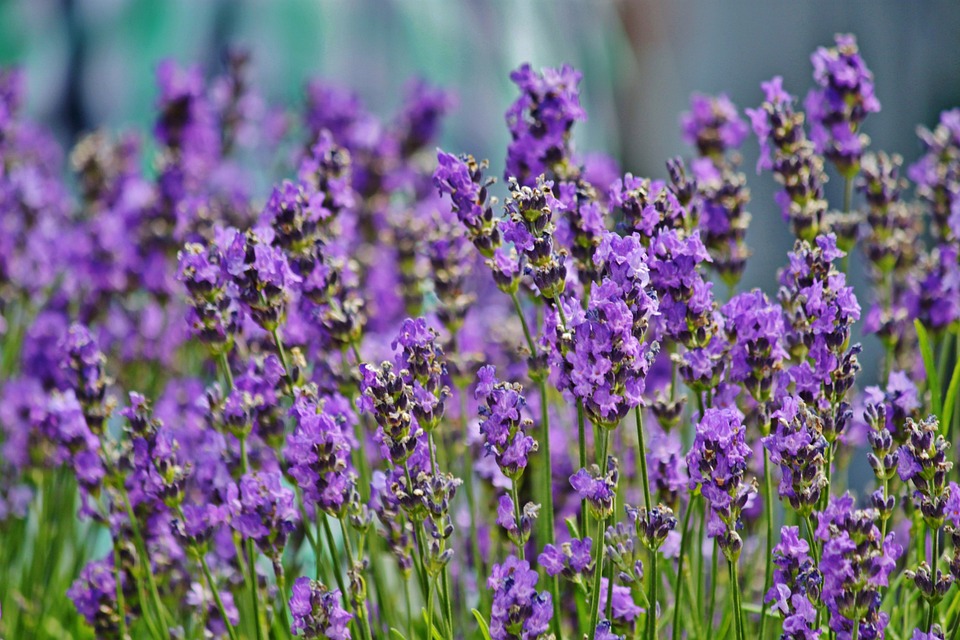Gardening is a rewarding and therapeutic activity that allows you to connect with nature and bring beauty into your surroundings.
However, creating a thriving garden in shaded areas can be a challenge.
Fortunately, many beautiful perennial flowers thrive in the shade, providing color, texture, and variety to these often overlooked parts of your garden.
This article explores some of the best shade-loving perennial flowers, offering tips on planting, care, and design to help you create a stunning shaded garden.
Understanding Shade Conditions

Before diving into specific plants, it’s essential to understand the different types of shade. This knowledge will help you select the right plants for your garden:
Full Shade: Areas that receive less than three hours of direct sunlight per day. These are often found under dense tree canopies or on the north side of buildings.
Partial Shade: Locations that receive three to six hours of direct sunlight, often in the morning or late afternoon. This can include spaces under tall trees or areas with dappled sunlight.
Dappled Shade: Spots where sunlight filters through leaves, creating a mix of light and shade throughout the day. Woodland gardens often have dappled shade.
Light Shade: Areas that receive bright, indirect light for most of the day. These are often found near buildings or walls that block direct sunlight but allow plenty of reflected light.
Top Shade-Loving Perennial Flowers
Now that you understand your garden’s shade conditions, let’s explore some of the best shade-loving perennials.
Hosta (Hosta spp.)

Hostas are among the most popular shade-loving perennials.
They are known for their lush foliage, which comes in a variety of shapes, sizes, and colors, ranging from deep green to variegated patterns.
Hostas thrive in partial to full shade and prefer well-drained, fertile soil.
They are also relatively low-maintenance and can be used as ground covers or focal points in shaded garden beds.
Planting and Care:
Plant hostas in early spring or fall.
Space them according to their mature size to allow for proper growth.
Water regularly to keep the soil moist but not waterlogged.
Mulch around the plants to retain moisture and suppress weeds.
Astilbe (Astilbe spp.)

Astilbes are prized for their feathery, plume-like flowers that bloom in shades of pink, red, white, and purple.
These flowers rise above fern-like foliage, creating a striking display in shaded gardens.
Astilbes prefer moist, well-drained soil and can tolerate full to partial shade.
They are excellent choices for borders, woodland gardens, and alongside water features.
Planting and Care:
Plant astilbes in spring or fall.
Ensure the soil is consistently moist, especially during dry periods.
Divide clumps every few years to maintain vigor.
Deadhead spent flowers to encourage new blooms.
Bleeding Heart (Dicentra spectabilis)

Bleeding hearts are beloved for their heart-shaped, drooping flowers that appear in late spring to early summer.
These flowers come in shades of pink, red, and white and are set against delicate, fern-like foliage.
Bleeding hearts thrive in partial to full shade and prefer well-drained, humus-rich soil.
Planting and Care:
Plant bleeding hearts in early spring.Keep the soil consistently moist but not soggy.Mulch around the plants to retain moisture and regulate soil temperature.
After flowering, allow the foliage to die back naturally to provide nutrients for the next season.
Brunnera (Brunnera macrophylla)

Brunnera, also known as Siberian bugloss or false forget-me-not, features clusters of small, blue flowers in spring, similar to forget-me-nots.
Its large, heart-shaped leaves are often variegated with silver, adding interest to the garden even after the flowers have faded.
Brunnera thrives in partial to full shade and prefers moist, well-drained soil.
Planting and Care:
Plant brunnera in spring or fall.Ensure the soil remains consistently moist.
Remove spent flower stems to tidy up the plant.Divide clumps every few years to prevent overcrowding.
Toad Lily (Tricyrtis spp.)

Toad lilies are unique perennials that produce exotic-looking, orchid-like flowers in late summer to fall.
These flowers often feature intricate spots or patterns in shades of white, pink, purple, and blue.
Toad lilies thrive in partial to full shade and prefer moist, well-drained soil.
They are excellent for adding late-season interest to shaded gardens.
Planting and Care:
Plant toad lilies in spring or fall. Keep the soil consistently moist.
Mulch to retain moisture and protect the roots. Cut back dead foliage in late fall to tidy up the garden.
Japanese Forest Grass (Hakonechloa macra)

Japanese forest grass is a graceful ornamental grass that adds texture and movement to shaded gardens.
Its arching, bamboo-like foliage comes in shades of green, gold, and variegated patterns.
This grass thrives in partial to full shade and prefers moist, well-drained soil.
Planting and Care:
Plant Japanese forest grass in spring or fall. Water regularly to keep the soil moist.
Trim back dead foliage in early spring to encourage new growth. Divide clumps every few years to maintain vigor.
Coral Bells (Heuchera spp.)

Coral bells are popular for their colorful foliage, which ranges from deep burgundy to lime green, often with variegated patterns.
They also produce delicate, bell-shaped flowers on tall stems in late spring to summer.
Coral bells thrive in partial shade and prefer well-drained, humus-rich soil.
Planting and Care:
Plant coral bells in spring or fall. Ensure the soil is well-drained to prevent root rot.
Water regularly, especially during dry spells. Deadhead spent flowers to encourage new blooms. Divide clumps every few years to prevent overcrowding.
Lungwort (Pulmonaria spp.)

Lungwort is a charming perennial that produces clusters of small, funnel-shaped flowers in early spring.
These flowers often change color as they age, adding dynamic interest to the garden.
The foliage is equally attractive, featuring silvery spots or variegation. Lungwort thrives in partial to full shade and prefers moist, well-drained soil.
Planting and Care:
Plant lungwort in spring or fall. Keep the soil consistently moist but not waterlogged.
Mulch to retain moisture and suppress weeds. Remove spent flowers to encourage new blooms.
Foxglove (Digitalis spp.)

Foxgloves are known for their tall spikes of tubular flowers that bloom in late spring to early summer.
These flowers come in shades of pink, purple, white, and yellow and are loved by pollinators.
Foxgloves thrive in partial shade and prefer well-drained, humus-rich soil.
Planting and Care:
Plant foxgloves in spring or fall. Ensure the soil is well-drained.
Water regularly, especially during dry periods. Deadhead spent flowers to encourage new blooms. Allow some flowers to go to seed to encourage self-seeding.
Hellebore (Helleborus spp.)

Hellebores, also known as Lenten roses, are early bloomers that bring color to the garden in late winter to early spring.
Their cup-shaped flowers come in a range of colors, including white, pink, purple, and green.
Hellebores thrive in partial to full shade and prefer well-drained, humus-rich soil.
Planting and Care:
Plant hellebores in spring or fall. Keep the soil consistently moist but not soggy.
Mulch to retain moisture and protect the roots. Remove old foliage in late winter to make way for new growth.
Design Tips for Shaded Gardens
Creating a beautiful shaded garden involves more than just selecting the right plants. Here are some design tips to make the most of your shaded space:
Layering: Use a variety of plants with different heights and textures to create a layered look.
Taller plants like foxgloves and astilbes can provide a backdrop for shorter plants like coral bells and lungwort.
Foliage Focus: In shaded gardens, foliage often takes center stage. Choose plants with interesting leaves,
such as hostas, brunnera, and Japanese forest grass, to add color and texture throughout the season.
Pathways and Structures: Incorporate pathways, benches, and garden structures like arbors and trellises to create focal points and guide visitors through the garden.
Water Features: Consider adding a small pond, fountain, or birdbath.
Water features can add a soothing element and attract wildlife to your garden.
Containers and Raised Beds: Use containers and raised beds to add height and variety to your garden. They are also great for areas with poor soil.
Lighting: Add garden lighting to highlight plants and pathways. Solar-powered lights are a convenient and eco-friendly option.
Seasonal Interest: Select plants that offer interest in different seasons.
Early bloomers like hellebores and lungwort can provide color in late winter and early spring, while toad lilies and foxgloves add interest in summer and fall.
Conclusion
Creating a lush, vibrant garden in shaded areas is entirely possible with the right selection of perennial flowers.
By understanding your garden’s shade conditions and choosing plants that thrive in those environments






